Ferns are a popular choice as house plants mainly due to their attractive tropical appeal. Whether grown solely or combined with other plants, ferns create a beautiful accent to your home. Like all plants, ferns require certain conditions to thrive and develop. We have researched every aspect you need to know to develop, maintain and revive the plant.
The primary reasons ferns wilt and die are lack of water, low humidity, exposure to direct sunlight, and extreme temperatures. For your plant to recover, keep the soil moist, increase the humidity level and place it in a warm shaded area.
Each plant has different growth and maintenance requirements. In this article, we aim to guide you regarding the proper ways to care for your ferns and to give you a brief understanding of their health benefits. If you wish to find out more, continue reading!

Ferns: An Overview
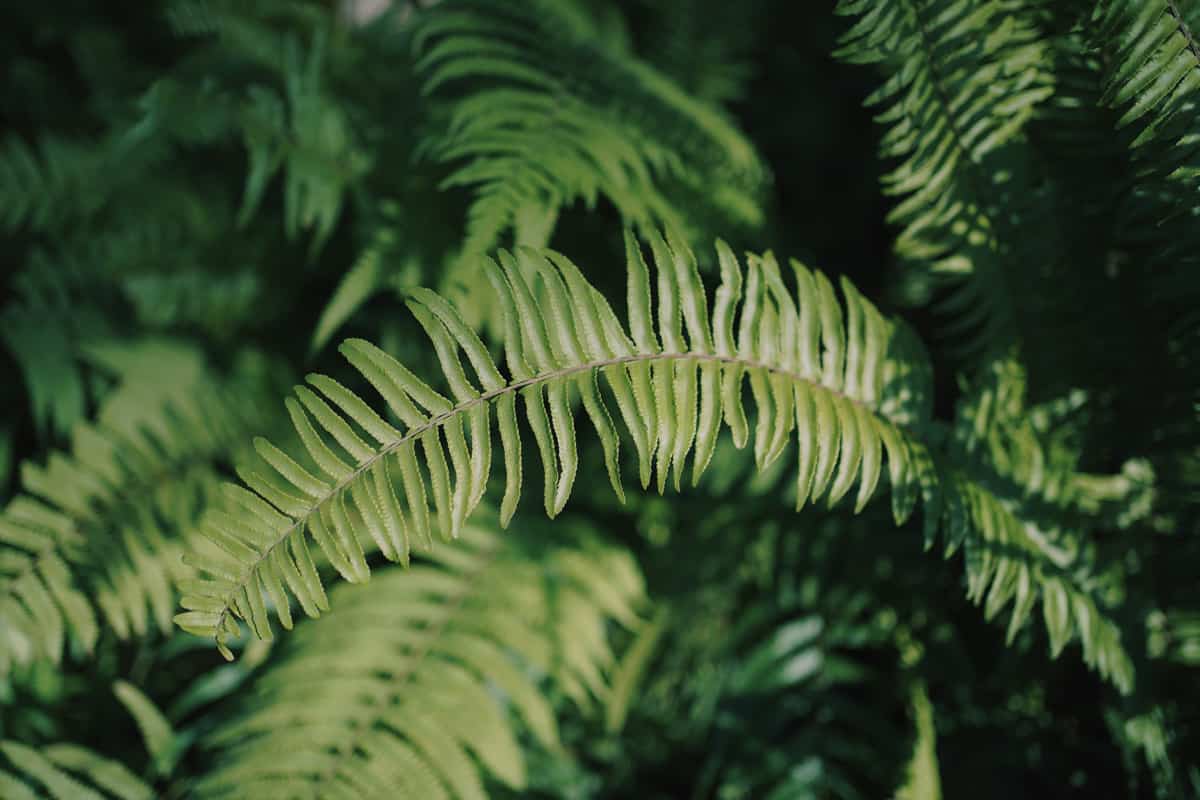
For centuries, people have been fascinated by ferns because they do not produce any seeds and flowers, leading to the thought or belief that the seeds are invisible. Ferns belong to the class Polypodiopsida which is a classification of non-flowering plants that reproduces through their dust-like spores.
There are currently 10,500 known species of ferns all over the world. Most ferns thrive in a warm and tropical climate. In their natural habitat, they grow underneath trees and just above the forest floor that is why they also flourish in damp areas.
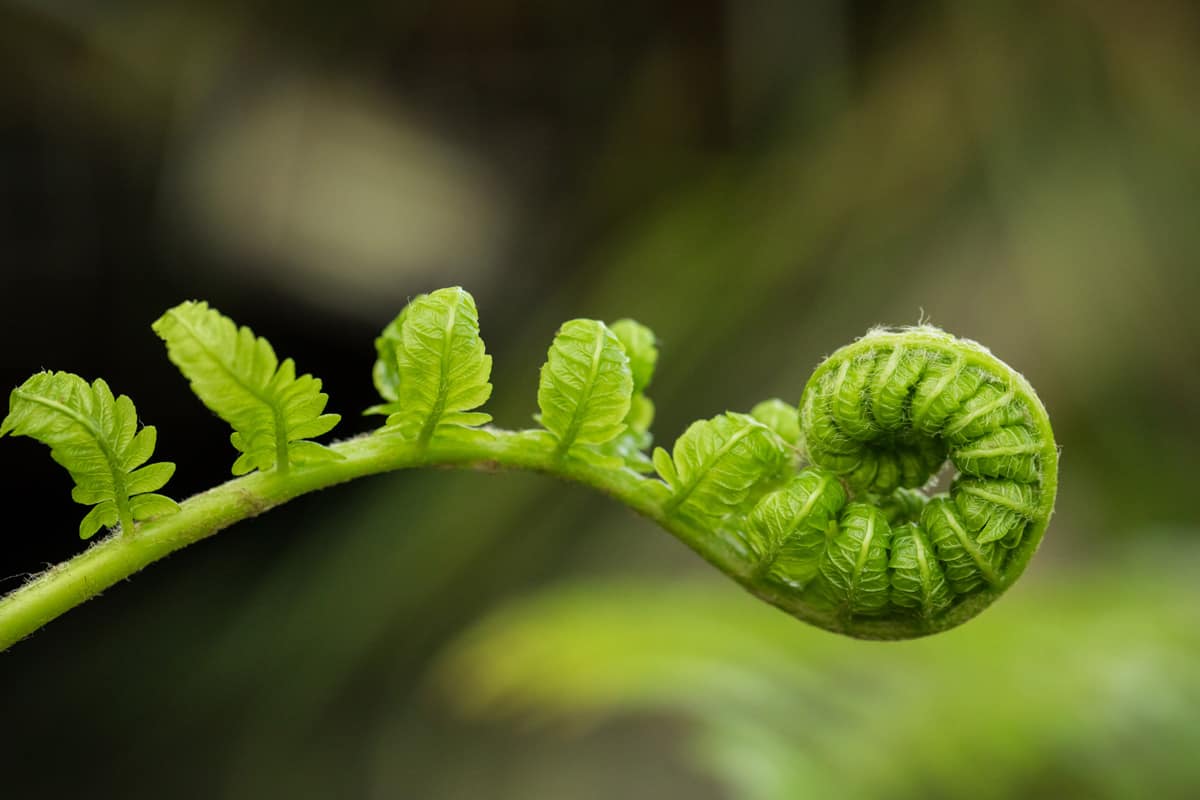
Some ferns have stems, also referred to as rhizomes, that are buried underground, while most species have semi-woody trunks that are visible and grow above the soil. They can grow up to 20 meters or 66 feet tall. Newly grown leaves or "fronds" uncoil and expand by the uncurling of the fiddlehead.
Although ferns do not have much economic usefulness, they have medicinal benefits. We have used this plant as food, medicine, fertilizer, and ornament.
Reasons Fern Grow Poorly
Overwatering And Lack Of Water
Watering issues are the most common reason why your fern grows poorly. Black leaves are a sign of overwatering. Waterlogged soil eventually leads to root decay and the development of diseases. On the one hand, yellowish foliage and wilting indicate that your plant is underwatered.
Low Humidity
In their natural habitat, ferns usually grow under the canopy of trees. Due to this, they thrive in moist or damp environments, and they grow well in areas with a humidity level of 40 to 50 percent.
Because the humidity level is too low, your fern may grow poorly. During winter, the air is too dry, especially when you are growing your plant indoors.
Sunlight Exposure
Direct sunlight tends to sap the water and moisture content of the soil and the leaves, and it can result in scorched or burnt foliage.
How To Revive Dying Fern
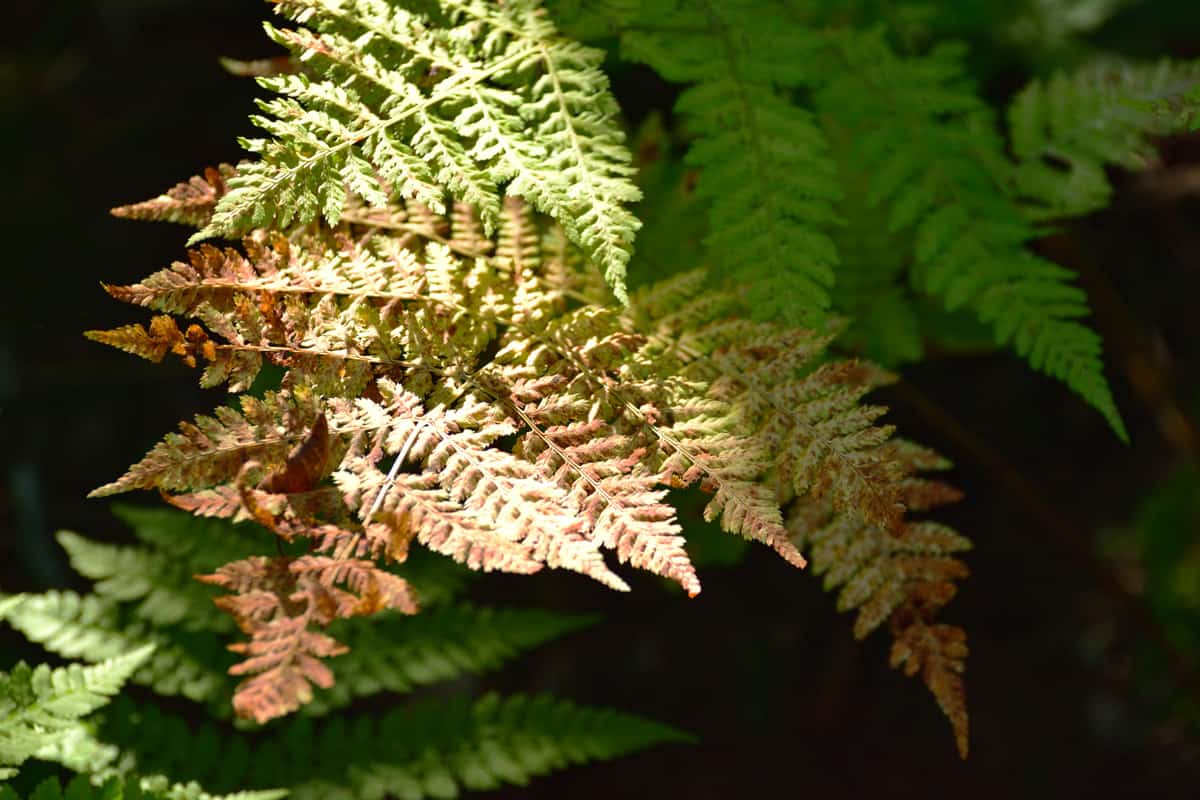
Ferns are native to tropical areas and thrive in forests with high moisture, humidity, and shaded conditions at mid-range temperatures. The best way for ferns to recover is by replicating their natural habitat.
Soil Moisture
Water your fern thoroughly, evenly, and liberally. This would ensure that the roots are properly hydrated and capable of transporting enough water to the leaves to prevent them from drying up. Ferns are sensitive to moisture content and require damp soil to maintain their healthy green appearance.
The ideal potting mix would consist of organic material and compost proportioned to maintain an adequate amount of water while properly draining at the same time.
Before planting your fern and applying the soil mixture, layer the bottom of the pot with pebbles and river sand; this would prevent the accumulation of water, which can cause roots to rot. Never allow your potted fern to dry out completely between waterings. Mist the leaves frequently.
Humidity
Humidity refers to the number of water molecules present in the air. Ferns naturally grow in tropical forests, which are characteristically humid all year. A humidity level of 50 percent is the ideal atmosphere, but most households have less than 20 percent, which is too dry for ferns.
The best way to address this is to invest in a humidifier, especially if you have several plants. This will allow you to control the precise humidity level at all times and may come in handy with extreme weather.
Surrounding your fern with other houseplants also increases the humidity by creating a microenvironment that mimics the condition of a tropical forest. Spraying the leaves several times a week will also benefit the fern since the mist is readily absorbed by the plant.
The general idea is that a humid environment effectively reduces the loss of moisture from the leaves and prevents them from drying out and dying.
Shade
A tropical forest which is the natural habitat for ferns, provides a shaded cover or canopy, preventing exposure to direct sunlight. Your plants will thrive in areas where the leaves receive just enough morning light but are generally kept in the shade the rest of the day.
Higher exposure, especially to direct sunlight, will evaporate the moisture in the soil faster and tend to scorch or burn the leaves. If you grow or cultivate ferns outdoors, place them under tall plants with thick foliage, such as trees which provide an excellent canopy.
Other ornamentals can be placed alongside ferns as long as they grow under the same conditions and provide enough shade. Caladiums, brunnera, hellebore, and bleeding hearts are just some species that coexist and benefit ferns.
Temperature
Ferns grow and survive best within temperatures of 65 to 75 degrees Fahrenheit. Since your plant relies on and is sensitive to moisture content, low or high temperatures tend to deplete water and cause the leaves to turn yellow and wilt.
One way to maintain soil warmth is through the process of mulching. Mulch is a layer of material such as leaves, tree bark, twigs, pebbles, and other elements applied on top of the soil to regulate the temperature.
As the components break down, they release nutrients that enrich the soil and benefit the plant. Avoid placing ferns near appliances that produce heat, such as ovens, air conditioning units, chimneys, and furnaces.
Other Fern Health Tips
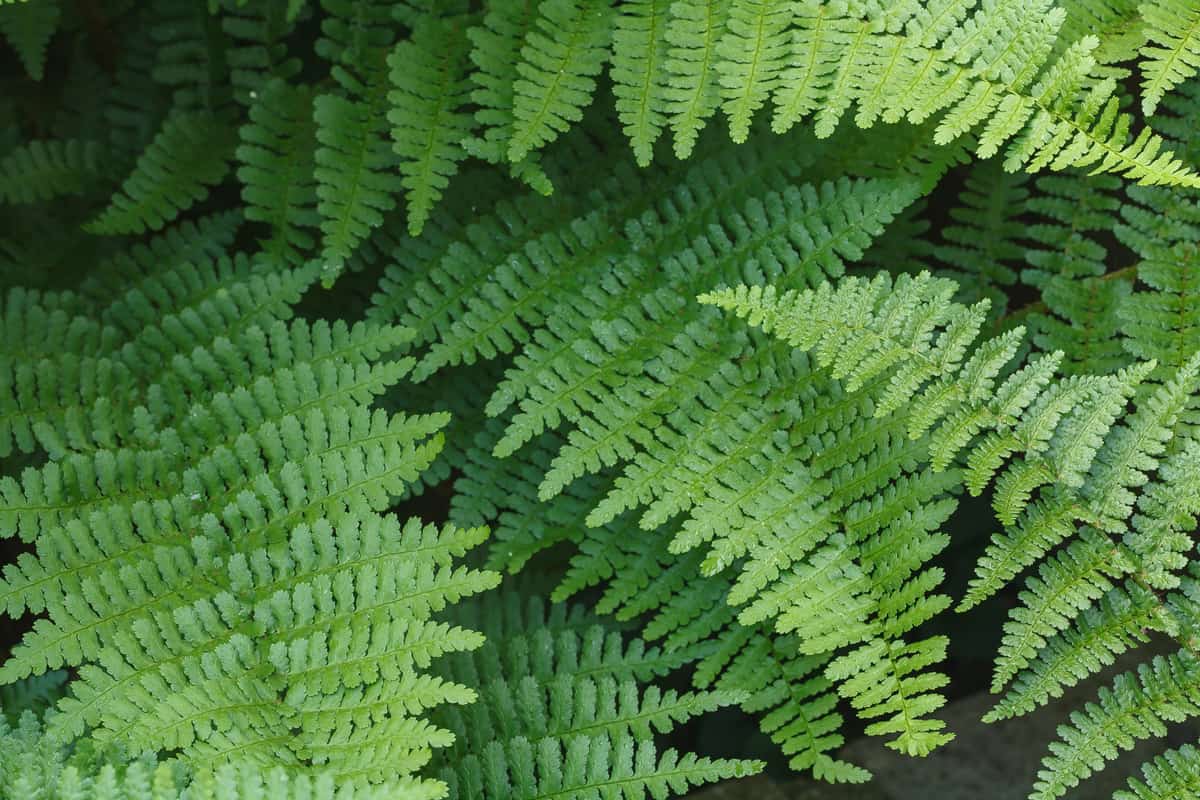
Fertilizers
If your fern continues to show signs of deterioration after having adjusted to the above-mentioned conditions, it may lack basic nutrients and need fertilizing. Apply a small amount of fertilizer that has equal portions of nitrogen, phosphorus, and potassium every two weeks.
Whether using a fluid or granulated form, avoid contact with the leaves since they are sensitive to additives and may develop fertilizer burn.
Repotting
Some fern species grow rapidly and develop substantial root systems. Once the plant becomes root bound, it may exhibit signs of deterioration like yellowing and drooping leaves.
Inspect the bottom of the pot and note if the roots begin to grow out of the drain holes. If such is the case, it is time to repot your fern. Choose a container considerably larger than the previous pot, this will provide the roots enough room to develop. Use a loose and balanced mix that provides adequate nutrients and allows proper drainage.
Pruning
Prune off dried brown fronds close to the stem as this will stimulate new growth and eliminate unsightly leaves. Once you observe new leaf formation, it would be a good time to apply fertilizers and do frequent misting. Keep them in the shade since immature leaves are especially sensitive to light.
What Are The Health Benefits Of Ferns?
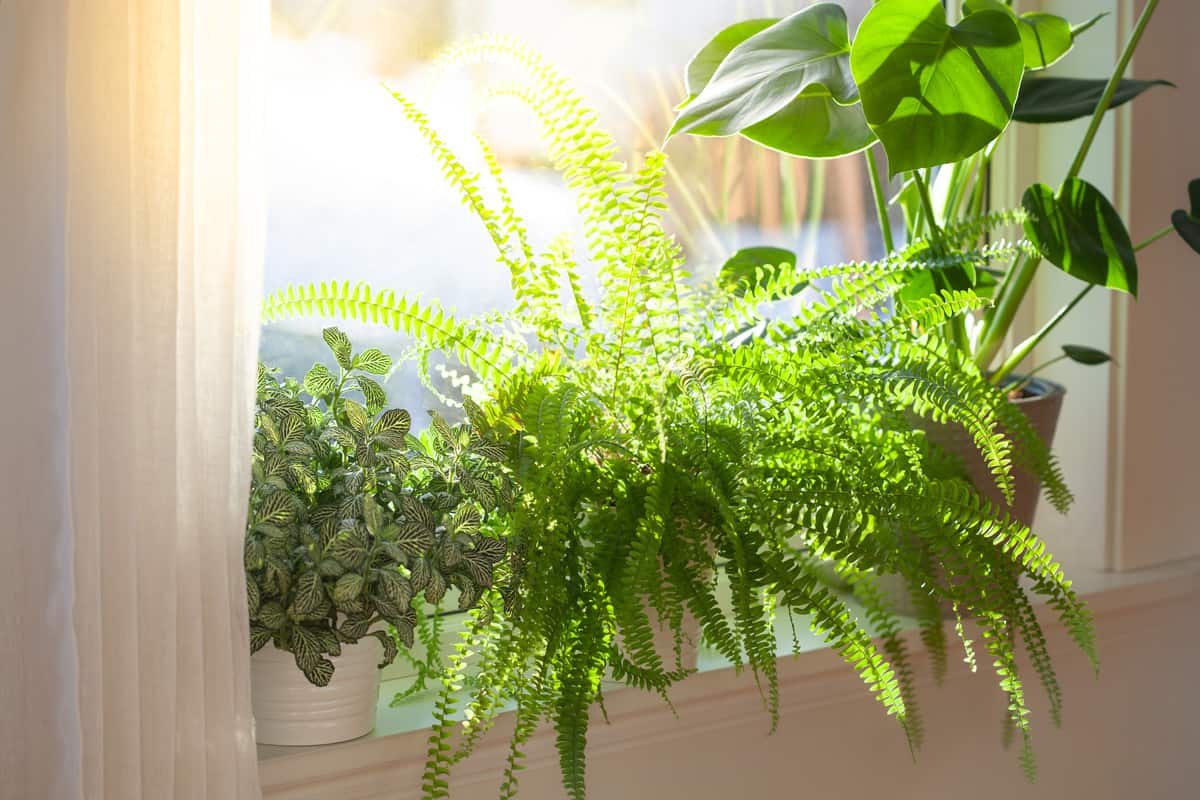
Although most species are toxic to humans, a few are known to have herbal attributes - ostrich fern, paco fern, lady fern, maidenhair fern, and bracken fern - because they contain nutrients and minerals such as vitamin A and C, zinc, potassium, phosphorus, calcium, protein, and zinc.
The fiddlehead contains most of the nutrients and is used as an ingredient for cooking. Here is a list of its health benefits:
Prevents Cancer Cells From Multiplying
Due to its tumoricidal, anti-bacterial, and antioxidant content, ferns can regulate cancer cells and help decrease their growth.
Good For The Heart
Ferns have a high potassium content which is a critical element in heart function since it determines the rate of contraction and affects blood pressure. Potassium activates cell and nerve processes which maintain the nutritional balance within the cells while its counterpart, sodium, is responsible for the environment outside the tissues.
Calcium Content
Fern leaves have high calcium content, which is quite significant for keeping our bones dense and strong. If our bone density is too low, it becomes weaker, brittle, and fragile.
Lowers Blood Sugar Level
Studies show that maidenhair ferns help lower hyperglycemic effects or lower blood sugar levels of people with diabetes. Hyperglycemia refers to high levels of glucose because the body lacks insulin.
In Closing

Ferns are generally sensitive to moisture, temperature, humidity, and light. Proper care and maintenance are always essential. We hope this article proved to be helpful. Happy Planting!
Do Ferns Need Drainage? [And How Much Should You Water Them]
